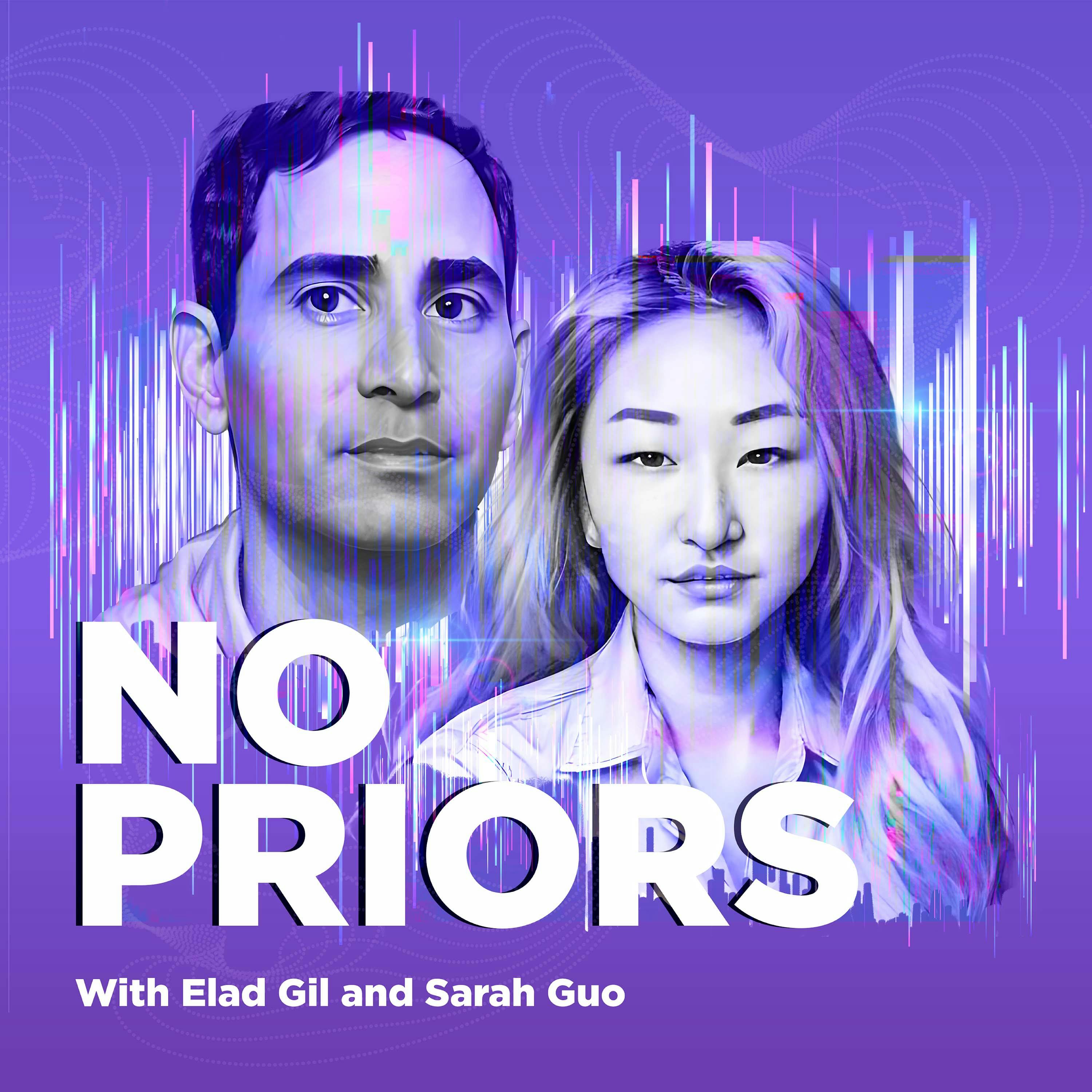
Virtual Cell Models, Tahoe-100 and Data for AI-in-Bio with Vevo Therapeutics and the Arc Institute

No Priors: Artificial Intelligence | Technology | Startups
Deep Dive
- Tahoe-100M is the world's largest single-cell RNA sequencing dataset.
- It enables machine learning applications, including virtual cell models and drug discovery.
- It's comparable to ImageNet's impact on machine vision, potentially driving a similar leap in cellular modeling.
Shownotes Transcript
On this week’s episode of No Priors, Sarah Guo is joined by leading members of the teams at Vevo Therapeutics and the Arc Institute – Nima Alidoust, CEO/Co-Founder at Vevo Therapeutics; Johnny Yu, CSO/Co-Founder at Vevo Therapeutics; Patrick Hsu, CEO/Co-Founder at Arc Institute; Dave Burke, CTO at Arc Institute; and Hani Goodarzi, Core Investigator at Arc Institute. Predicting protein structure (AlphaFold 3, Chai-1, Evo 2) was a big AI/biology breakthrough. The next big leap is modeling entire human cells—how they behave in disease, or how they respond to new therapeutics. The same way LLMs needed enormous text corpora to become truly powerful, Virtual Cell Models need massive, high-quality cellular datasets to train on. In this episode, the teams discuss the groundbreaking release of the Tahoe-100M single cell dataset, Arc Atlas, and how these advancements could transform drug discovery.
Sign up) for new podcasts every week. Email feedback to [email protected]
Follow us on Twitter: @NoPriorsPod) | @Saranormous) | @Nalidoust) | @IAmJohnnyYu) | @PDHsh) | @Davey_Burke) | @Genophoria)
Show Notes:
0:00 Introduction
1:40 Significance of Tahoe-100M dataset
4:22 Where we are with virtual cell models and protein language models
10:26 Significance of perturbational data
17:39 Challenges and innovations in data collection
24:42 Open sourcing and community collaboration
33:51 Predictive ability and importance of virtual cell models
35:27 Drug discovery and virtual cell models
44:27 Platform vs. single hypothesis companies
46:05 Rise of Chinese biotechs
51:36 AI in drug discovery